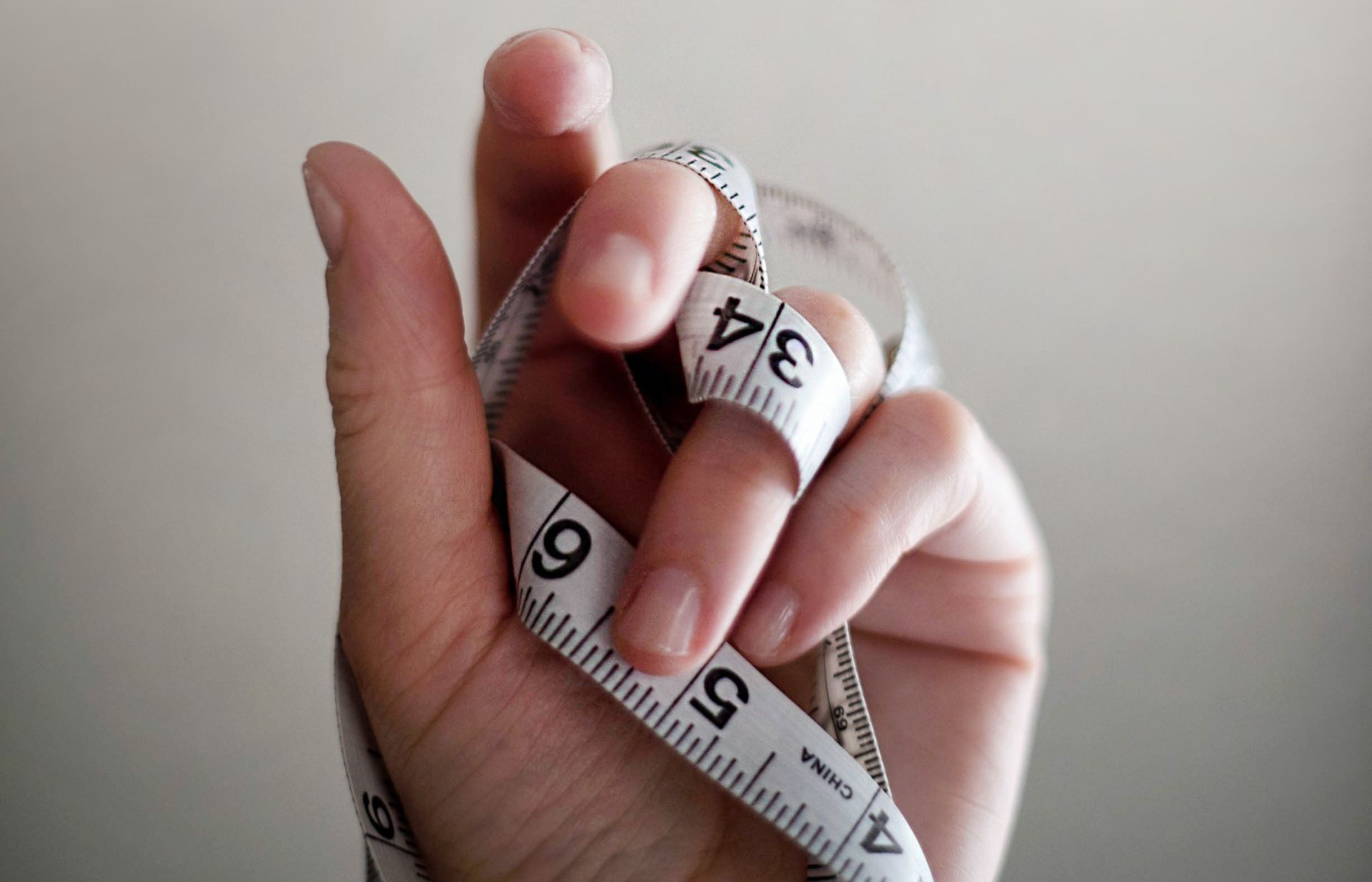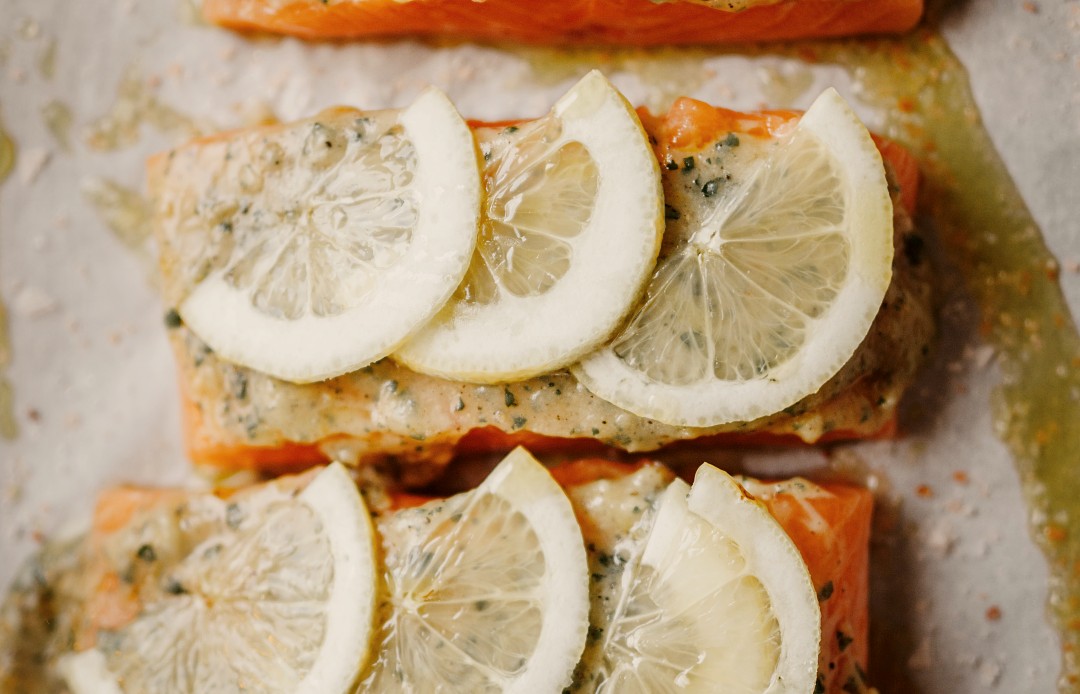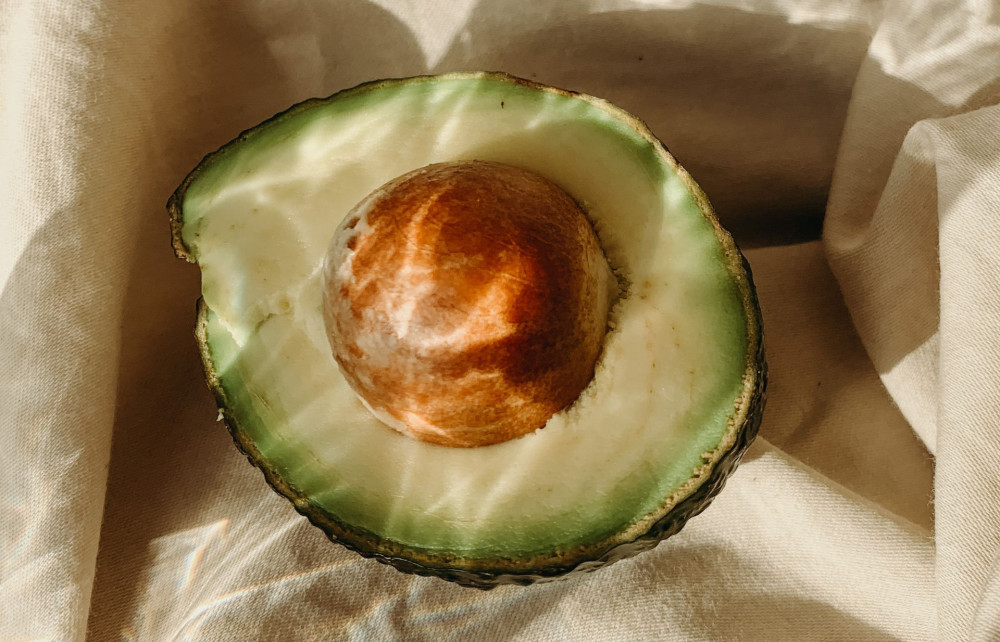
This is how you start efficiently with fat burning
You cut back on carbohydrates, did cardio three times a week, counted your calories, and even tried supplements… And still, you can’t get rid of that excess belly fat. Frustrating. Looking for a really efficient and effective way to burn your excess fat? In this article, we invalidate the myth that you have to run for hours to lose weight and burn fat. Read on and discover how you can top up your ability to burn fat with very specific training methods. Your body will thank you.
 Excess belly fat can have a negative influence on your health
Excess belly fat can have a negative influence on your health
The big influence of stress
From an evolutionary point of view, stress is essentially a means of survival. For example, when our ancestors saw a lion, it caused a stress reaction in their bodies. The release of the hormone cortisol puts the body into a so-called survival mode. The blood rushed to the muscles; the body was ready to flee.
This survival mode also caused other bodily processes to fade into the background and fat to be stored more easily in the body, anticipating a period of scarcity. What if your ancestor had to hide from that lion in a cave for a week, without food?
Impressive how sophisticated our bodies work. Nowadays, the chances of running into a lion are rather scarce. Fortunately. And yet our modern society is not a model of a stress-free environment.
An important meeting at work, problems with your children, a discussion with your boss… In our fast-paced lives, everything has to go faster, bigger and better. We are – perhaps even more than ever – under constant pressure and stress. The result: our bodies are almost constantly in survival mode.
And so our bodies actually store more fat all the time. In times of scarcity, this would come in handy, but in our Western world, we have the largest and richest supply of food that mankind has ever known. Temptations lurk behind every corner; there is no question of scarcity.
This is why belly fat has been a problem for the last few decades. The combination of stress and an oversupply of (unhealthy) food does our bellies no favors.
Visceral fat
Stress mainly affects the production of visceral fat. And that is precisely the most dangerous form of fat in our body. Subcutaneous fat is right under our skin, whereas visceral fat accumulates under your abdominal muscles, in your abdominal cavity, and between your organs.
Excess visceral fat puts extra pressure on your abdominal wall. The organs in the abdominal wall are also affected. Pressure on your liver, stomach, intestines, and kidneys is a bad consequence of too much unhealthy visceral fat.
Moreover, visceral fat has an enormous influence on hormones, which further disturbs fat burning and actually causes you to store more fat. A vicious circle. It becomes very difficult to start to learn your body to burn fat successfully. High time to take action, before it is too late.
First things first
So how do you burn more excess belly fat? This article focuses on the most effective training principles for burning fat, but training is not everything. So start by addressing some crucial factors such as nutrition, sleep, and stress management.
Optimising your diet
To lose weight and ultimately reduce fat, nutrition is obviously an important (and perhaps the most important) pillar. After all, the main cause of visceral fat remains simply the consumption of too many and the wrong calories a day.
To keep your weight and metabolism under control in the long term, it is very important to monitor your calorie intake. If you want to lose weight, you simply need to consume fewer calories than you use during the day. If you want to maintain your weight, you have to keep the number of calories consumed in balance with your energy consumption. Sounds simple, but of course it is easier said than done.
Eating less is important, but consuming the right calories is actually much more important. Especially when you want to start training to burn that excess fat. Burning belly fat is therefore not only a question of eating less but above all making sure that you eat the right things. Eat fewer carbohydrates and opt for healthy fats and proteins. That way you will be satiated longer and you will be less hungry.
Dozens of scientific studies have proven that a low-carb diet is the most effective diet for losing weight and burning fat. So avoid fast carbohydrates (sugars) such as soft drinks, sweets, but also cakes, white bread, or white pasta. It is better to choose more complex carbohydrates such as wholemeal products. This way, your blood sugar level will rise less quickly, which in turn has a positive effect on belly fat.
 It’s important to consume the right calories
It’s important to consume the right calories
Improve your sleep
A chronic lack of sleep affects all aspects of your health. Sleep deprivation encourages all kinds of diseases, can strongly influence your productivity, is murderous for your mental health… Moreover, a lack of sleep has a major impact on your weight.
After a few short nights, for example, you will feel less satiated after a meal. Moreover, your body will process fat differently and store it in your body faster. This is also a direct consequence of the extra release of cortisol because the lack of sleep is assessed by the body as a stressful situation.
So you can train as much as you want, without a healthy sleep pattern, weight loss will not happen optimally. Too little sleep in combination with a training schedule will even lead to injuries. So tackle your sleep first, before you think about training.
How you can optimize your sleep hygiene in three simple steps is already described in detail in this article.
Manage your stress better
Stress is perhaps the most decisive factor in all this. Stress has a direct impact on the diet, your sleep, your general health, and therefore also on the amount of (visceral) fat in your body.
That is why stress management is so important. Reducing stress is very difficult, but you can learn to manage it better. Seemingly simple, practical tips can already make a big difference. For example, think about spending more time on a clear daily schedule, outsource time-consuming chores, set the right priorities…
Moreover, try to recognize your stress triggers. Once you know what triggers your stress level, you can try to avoid or limit those triggers. Nutrition also plays a crucial role in the amount of stress we experience. A lack of vitamin B12, for example, can promote certain types of anxiety. Foods rich in vitamin B12 – eggs and fish, for example – can therefore have a positive effect on our stress levels. Asparagus, avocados, spinach, and dark chocolate have also been shown to reduce stress. But watch out with chocolate consumption, especially if you want to lose fat.
Only when you have these three influences under control will you be able to achieve optimal results through training.
 Cardio isn’t the most efficient way to burn fat
Cardio isn’t the most efficient way to burn fat
Cardio vs strength training
Endurance training is training at a low(er) intensity and with the intervention of oxygen. Fat is broken down and used directly as a source of energy. So cardio training literally burns fat. It is therefore logical that everyone thinks that cardio is the way to burn fat.
But let’s shatter this myth right away: endurance training is not the most efficient way to burn fat. To burn fat optimally, it is better to choose a form of training that breaks down glucose. Agreed, it sounds contradictory, but there are reasons for this.
Yes, cardio training has a more direct impact on fat burning compared to strength training. But make no mistake: the direct impact of strength training on fat-burning should not be underestimated either.
Depending on the type of training (intensity, volume, frequency, duration of the rest intervals, percentage of muscle mass used…) you consume even more energy and you increase the so-called EPOC, the Excess Post-Exercise Oxygen Consumption, the oxygen deficiency. The higher the oxygen deficit, the longer the body will continue to burn extra energy after your training session and the more fat you will eventually burn.
In addition, the indirect impact on burning fat is also a very important factor in weight training. The more muscle mass, the more active tissue your body contains. Active tissue consumes more energy, so your body will have a higher metabolism and will burn more energy (and fat). Even at rest.
 Strength training is a perfect way to burn fat
Strength training is a perfect way to burn fat
Burn fat with these two forms of strength training
Convinced about the importance of strength training in the fight against excess fat? That’s a good thing. Then we have even more good news because two specific ways of strength training additionally stimulate fat loss.
Global fatigue
With the training protocol ‘global fatigue’ you simultaneously address as many muscle groups as possible. In this way, you create maximum global fatigue without producing much lactate. Lactate is better known as lactic acid and causes acidification of the muscles.
Examples of good exercises for stimulating general tiredness are so-called ‘full body exercises’ with little rest between the exercises. This type of training is ideal for stimulating fat burning. This intensive, exhausting form of training will also significantly improve blood circulation.
Specific examples of global fatigue training are the German Body Comp (where you lift weights with many repetitions and little rest) and Death Circuit (a deadly difficult training form where all muscle groups are addressed consecutively and where the rest period is minimal). Thanks to these forms of training, the EPOC, or oxygen deficiency, is very high, which means that the body continues to burn fat long after the session has ended.
Local fatigue = local exhaustion
By focusing on ‘local fatigue’ during your training session, you ensure a higher lactate production. You will be focusing on one particular muscle group to exhaust those muscles and generate lactic acid. The muscles will feel stiff and soured after the training. Getting rid of and recycling that lactic acid requires a lot of energy from your body, which therefore helps to burn fat.
An additional advantage is that a trained muscle can store three to four times more glucose than an untrained muscle. Larger muscles consume more glucose, which in turn causes more lactate production. So the bigger the muscle, the greater the effect.
Local fatigue training is especially effective for women. Specific examples of local fatigue training are the 6-12-25 and 8-8-16 protocols, intensive training forms in which the number of repetitions per exercise is increased each time.
Better inefficient anaerobic than efficient aerobic
Would you like to integrate some cardio into your training schedule? Then don’t go for an endurance training that burns fat directly, but for a form of cardio training that causes a glucose deficit. Think about intervals or sprints.
Why? Because burning fat is all about inefficiency. Efficiency, strangely enough, is the biggest opponent of burning fat.
The goal of aerobic training, the most important training component in endurance sports, is to use energy as efficiently as possible during an effort. To put it simply: to do as much work as possible with as little energy consumption as possible.
However, if you want to burn fat, it is important to use your energy as inefficiently as possible and to use as much energy as possible in a shorter period of time. The more inefficient you are with your energy consumption, the more you will burn.
 Anaerobic training has a lot of advantages
Anaerobic training has a lot of advantages
Did you know that the anaerobic lactic system (the energy system without the intervention of oxygen) is 80 times less efficient than the aerobic system (which does involve oxygen)? The anaerobic system needs 19 times (!) more glucose than the aerobic system to produce the same amount of energy-yielding substance. Moreover, during the anaerobic energy process, lactate is formed as a by-product, a process that consumes a lot of energy.
Just look at the differences in physique between a marathon runner and a sprinter. A sprinter has a higher proportion of muscle mass, whereas a marathon runner is rather lean. A marathon runner runs about 80 kilometers a week on average, using mainly the aerobic system and therefore using mainly fat as a source of energy. On the other hand, a sprinter focuses more on anaerobic training, in which he will mainly burn glucose. However, studies show that there is no significant difference in fat percentage between sprinters and marathon runners.


Saturated fat vs unsaturated fat: All you need to know about fats

